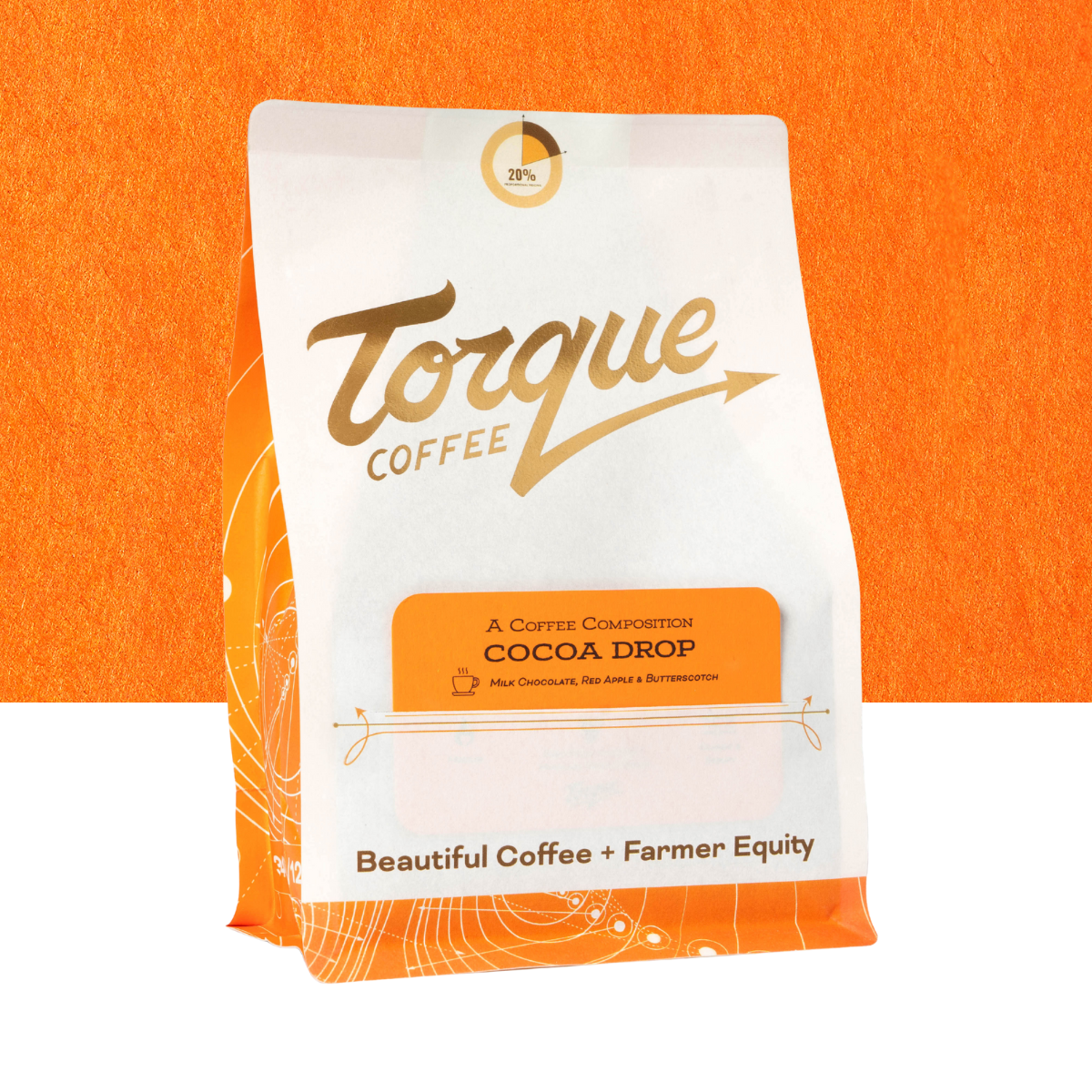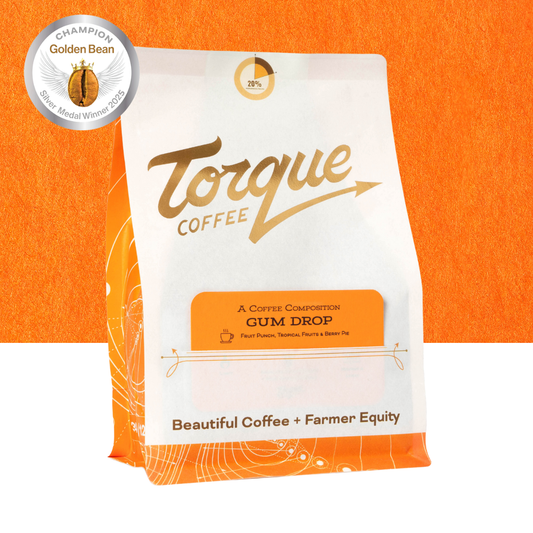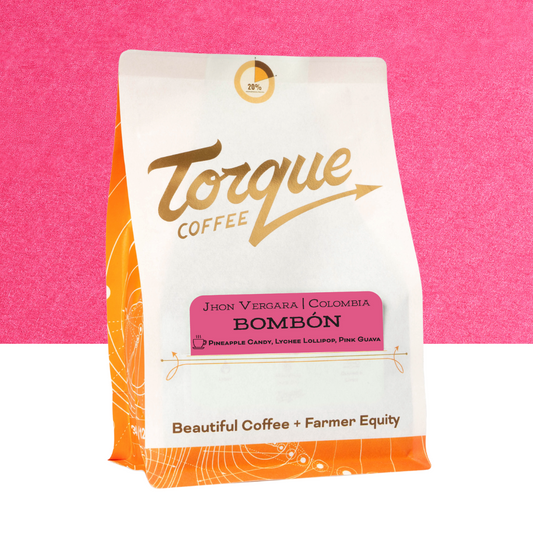
Long Live The Maillard! Long Live Sweetness!
So many people talk about their how they roast. Or talk about some randomly assigned roast color. Too few of us share the WHY.
We like to say we don't roast dark or light, we roast right. We roast right on track with how the coffee tastes best in your cup. Not just on a cupping table where extreme attributes win highest scores. In your cup, in your hand and in your mouth. Coffee is a beverage meant to be enjoyed and savored.
Overall we tend to be on the light end of roast colors. Our medium is a lot of peoples super light. just like our darks are a lot of peoples mediums. However one thing we always strive for is sweetness and balance. We don't aim to strip out extremes in a coffee, that's not balance that's dumbing it down. We also don't aim for hyper punched up chlorogenic acids (battery acid) of the under developed, not quite cooked roast level. So we don't have coffees that brew pale orange and taste like battery acid. Just like we don't have coffees that brew oil slick and taste like burnt rubber.
Cause we love the Maillard reaction. We don't always lengthen it but we have a few coffees where we specifically focus on stretching it out.
Lengthening the Maillard reaction phase in a coffee roast profile generally increases body, sweetness, and complexity in the cup, while shortening the phase can highlight origin flavors and reduce body. A longer Maillard reaction, characterized by a slower rate of rise (RoR) and potentially lower final temperatures, produces more melanoidins, which contribute to a heavier mouthfeel and richer flavor profile with notes like caramel, chocolate, and nutty undertones. Conversely, a shorter Maillard reaction can result in a brighter, more acidic cup with a lighter body and a focus on the coffee's inherent characteristics.
The Maillard reaction is a chemical process between amino acids and reducing sugars that occurs during roasting, primarily between 150-200°C (302-392°F). This reaction is crucial for developing the flavors and aromas we associate with roasted coffee.
So that's your quick intro to the wild and wonderful world of Doctor Maillard!





